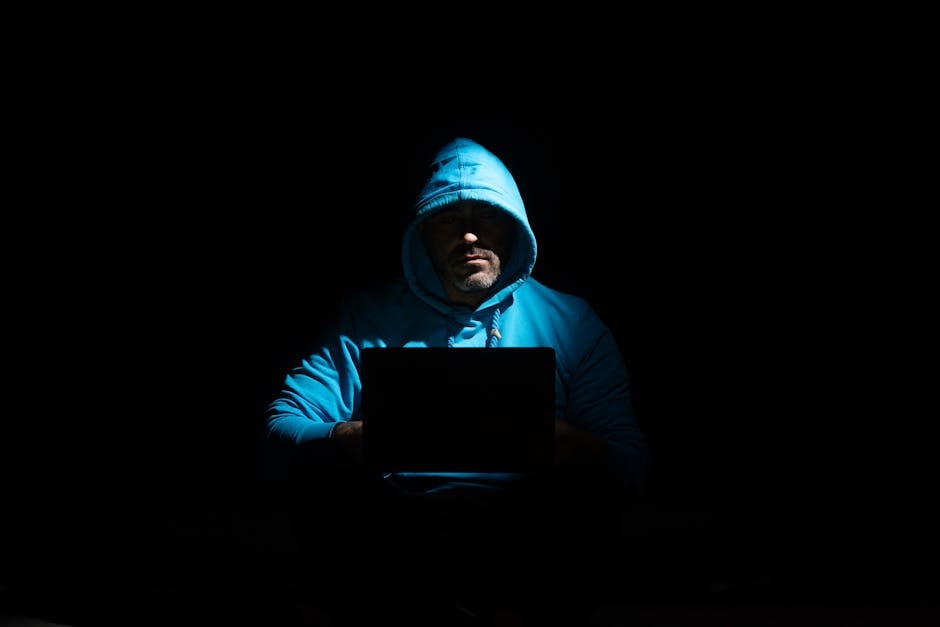Server Security: Identifying Hidden Threats
Did you know that a staggering 43% of cyberattacks target small businesses? That’s right! Whether you’re running a local coffee shop or a tech startup, server security is crucial. A single breach can cost you money, reputation, and even customer trust. So, what does it mean to secure your server? Lets explore how to identify hidden threats and keep your business safe.
What Are Hidden Threats?

Hidden threats are vulnerabilities that you might not see right away. They can lurk in your server, waiting for the perfect moment to strike. Think of it like a leaky roof: you might not notice the problem until water starts pouring in.
- Malware: This is software designed to harm your system. It can steal data or disrupt services.
- Unauthorized Access: This happens when someone gains access to your server without permission.
- Phishing Attacks: These are deceptive attempts to acquire sensitive information, usually via email.
Being aware of these threats is the first step in combating them.
How Do You Identify Threats?

Spotting hidden threats requires vigilance. Here are some simple ways to keep your server secure:
- Regular Audits: Schedule regular checks of your server. Look for unusual activity.
- Use Security Software: Invest in antivirus and anti-malware tools. They can detect and remove potential threats.
- Monitor Network Traffic: Keep an eye on the data flowing in and out. Sudden spikes can indicate an attack.
These steps can help you stay one step ahead of cybercriminals.
What Are Common Misconceptions?

There are many myths surrounding server security. Lets debunk a few of them.
- Myth: Small Businesses Aren’t Targets. Many believe hackers only go after big companies. In reality, small businesses often lack the security resources of larger firms, making them easier targets.
- Myth: Security Software Alone Is Enough. While software is important, it’s not a silver bullet. You need a comprehensive security plan that includes training and best practices.
- Myth: Strong Passwords Are Enough. Strong passwords are vital, but they’re just one part of the puzzle. Multi-factor authentication adds an extra layer of security.
Understanding these misconceptions can help you take better precautions.
Why Is Employee Training Important?

Your employees are your first line of defense against cyber threats. Training them can make a huge difference. Heres how:
- Recognizing Phishing: Teach your team how to spot suspicious emails. A single click can compromise your entire system.
- Safe Browsing Practices: Encourage employees to avoid unsafe websites. These can be gateways for malware.
- Data Handling Procedures: Train staff on how to manage sensitive information, like customer data. Proper handling minimizes risks.
Investing time in training pays off. Informed employees are less likely to fall victim to attacks.
How Can You Use Firewalls?
A firewall acts like a guard at a gate. It monitors traffic and decides what gets through. Heres how to set it up effectively:
- Configure Rules: Set rules for what traffic is allowed. Block anything suspicious.
- Regular Updates: Keep your firewall software up to date. New threats emerge constantly, and updates help you stay protected.
- Monitor Logs: Regularly review the logs to identify any unusual access attempts.
Firewalls are a vital part of your security strategy. They can help you filter out potential threats.
What Role Does Encryption Play?
Encryption is the process of converting data into a code to prevent unauthorized access. it’s like sending a secret message. Heres why it matters:
- Protects Sensitive Data: Encrypting customer data ensures it remains safe, even if someone accesses your server.
- Secures Data in Transit: Encryption protects data being sent over the internet, like when customers enter payment information.
- Regulatory Compliance: Many industries require encryption to comply with laws and regulations.
Using encryption helps safeguard your information and builds customer trust.
What Are Intrusion Detection Systems?
An Intrusion Detection System (IDS) monitors network traffic for suspicious activity. Think of it as a security camera for your server. Heres how it enhances security:
- Real-Time Monitoring: IDS provides alerts about unusual activities, allowing for quick responses.
- Identifies Patterns: It can recognize patterns of behavior often associated with attacks, helping you take preventative actions.
- Data Analysis: IDS collects data that can help you understand threats and improve security measures.
Implementing an IDS gives you peace of mind, knowing you’re actively monitoring for threats.
How Can You Stay Informed?
The cybersecurity landscape is always changing. Staying informed is crucial. Here are some tips:
- Follow Industry News: Websites like Krebs on Security and CyberScoop provide updates on the latest threats.
- Join Security Forums: Engage with other professionals to learn from their experiences.
- Attend Workshops: Look for local or online workshops to sharpen your skills.
Remaining updated helps you adapt your security strategies to new threats.
What Are Actionable Takeaways?
Now that you know about hidden threats, what can you do? Here are some actionable steps:
- Conduct a security audit of your servers.
- Implement multi-factor authentication for all accounts.
- Train your employees on cybersecurity best practices.
- Invest in robust security software and regularly update it.
- Stay informed about new threats and security measures.
By following these steps, you can significantly enhance your server security.
Conclusion
Server security may seem daunting, but it doesnt have to be. By understanding hidden threats and taking proactive steps, you can protect your business. Remember, security is an ongoing process. Stay vigilant, keep learning, and adapt to new challenges. Your businessand your customerswill thank you for it.
For more information on cybersecurity strategies, check out this resource: Australian Cyber Security Centre.



